Khenpo Ugyen arrives at Tara Mandala as the resident Khenpo (teacher) of ritual arts.

The Trikaya Tara Temple is completed. The first of the breathtaking 21 Tara statues arrives for installation in the main shrine on the first floor. Trikaya Tara is the only temple in the West dedicated to Tara, the Buddhist goddess, the female Buddha of compassion, and the wisdom Dakini – khandroma in Tibetan. The temple is home to 21 statues depicting her 21 manifestations.
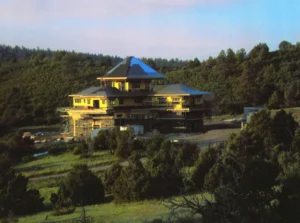
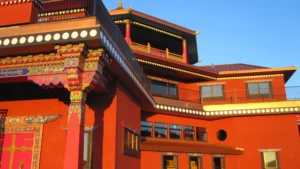
The 21 Taras embody essential attributes that are innately within each of us, including wisdom, compassion, strength, and the potential for liberation. Tara is commonly known as Arya Tara or Noble Tara in Sanskrit and Jetsun Drölma in Tibetan. She is seated on a full moon disc, her right leg extended – ready to liberate beings from suffering and protect them from fear. Tara increases the awakened heart of Bodhicitta and removes obstacles. The emanations are depicted as peaceful, semi-wrathful, and fierce. Her right leg is extended slightly, ready to step down to help beings in samara; the left leg is close to her body, symbolizing resting in nirvana. Her left hand is in the mudra of the Three Jewels at her heart and holds the stem of the Utpala flower, a blue lotus, resting above her left shoulder holding her symbol, such as a conch shell, golden fish, parasol, and wheel of dharma. Her right hand is resting on her right knee with an open, upward-facing palm – the mudra of Supreme Generosity. Each Tara has her own mantra.
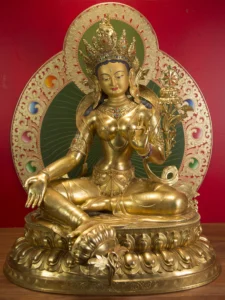
The White Dakini Drubchen (Tsogyel Karmo) from Dzinpa Rangdröl translated as The Great Accomplishment, is a ceremony of extensive practice usually lasting ten days. It involves a powerful combination of the elements of Vajrayana practice, including chanting, and music and daily ritual feasts (tsog). It is said that the meritof participating in a Drubchen are equivalent to three years of solitary retreat. The practice concludes with the participants accepting the spiritual accomplishments, known as siddhis.
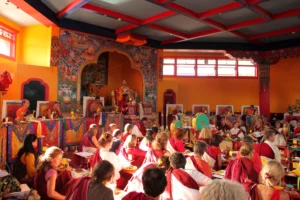
Tulku Sang-ngag Rinpoche writes a song ‘in praise of Tara Mandala’. He has kindly overseen many ceremonies and necessary rituals at Tara Mandala and teaches extensively on many topics.
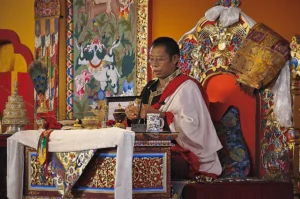
A devoted student of Lama Tsultrim since 1992, Polly Ryan becomes an authorized Tara Mandala teacher. Dharma is at the core of all she does and teaching is a natural outgrowth of her life work and Bodhichitta. At that time, Polly was married and raising three children while working full-time as a therapist in private practice and a consultant with several organizations. She is the founder of the Northern Sierra Tara Mandala Sangha.
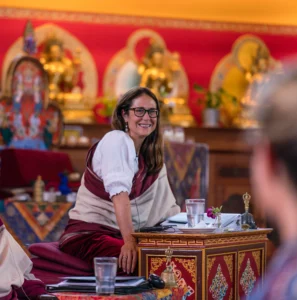
A longtime Buddhist practitioner following the Theravadan path, Debra Quayle starts studying and practicing Vajrayana Buddhism two decades later after spending a year living in Asia, where she meets her Tibetan teachers. She then meets Lama Tsultrim, who becomes her main teacher. In 2009, Debra becomes an authorized Tara Mandala teacher. She also co-leads the Truckee Sangha with Polly Ryan, for a year before moving to Tara Mandala where she worked in various roles and as Assistant Teacher to Lama Tsultrim.
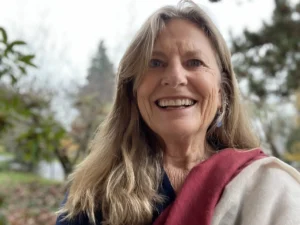
Comments are closed.